Observing coral reefs in the wild often reveals just how dynamic these ecosystems are. I have written about this before of course, but I’ve turned up a few images that show a reef in the Red Sea busily regrowing.
It is possible that aquarists might not realize just how much bulk corals can amass and how much their growth is based on corals growing on other corals. In these images I hope to show you a section of shallow reef I came across in the Red Sea that shows healthy and vigorous growth of SPS corals growing over other species, alive and dead.
Here’s the reef flat, lots of Pocillopora and Seriatopora. This is a hard location to succeed in, given wave action and storms.
A few meters deeper and slightly easier conditions result in good growth of acroporids and Porites.
Now, look at this formation. Once a large table-forming acroporid, it is now a mass of competing colonies and even a tridacnid or two. However, the survival of these corals is in doubt; as the formation’s weight and ‘sail area’ increases, a good storm or plain old gravity will send these corals to the rubble zone below. That will bring new opportunities for species below and explain why you sometimes find isolated tridacnids on the substrate.
Here’s another outgrowth that will one day fall.
Of course, the rubble that falls from the high growth areas of the shallows and props the reef up takes a long time, but this is how the reef inexorably marches outward.

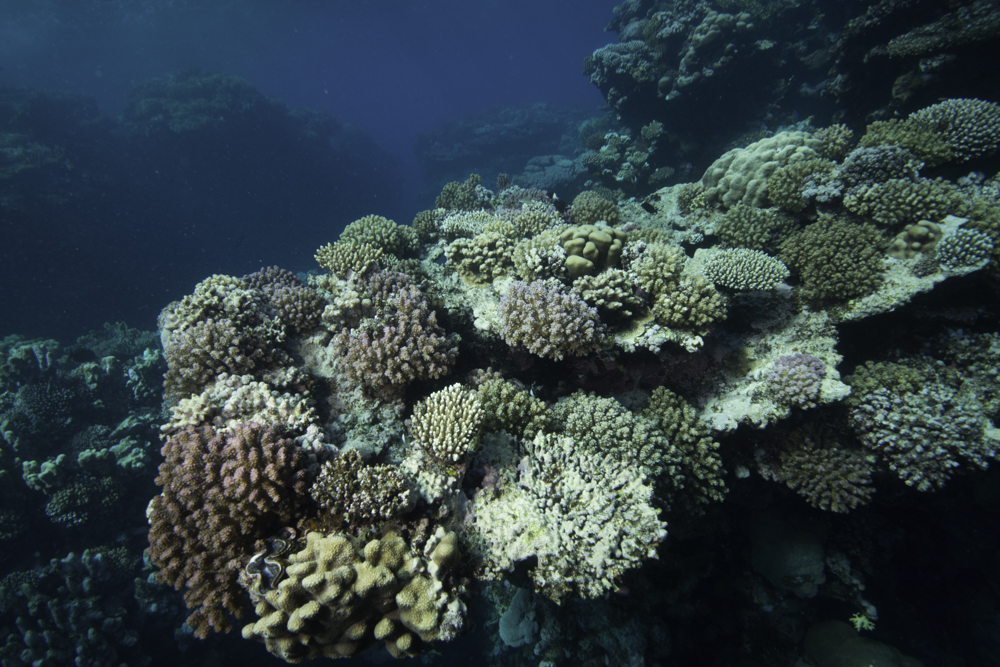
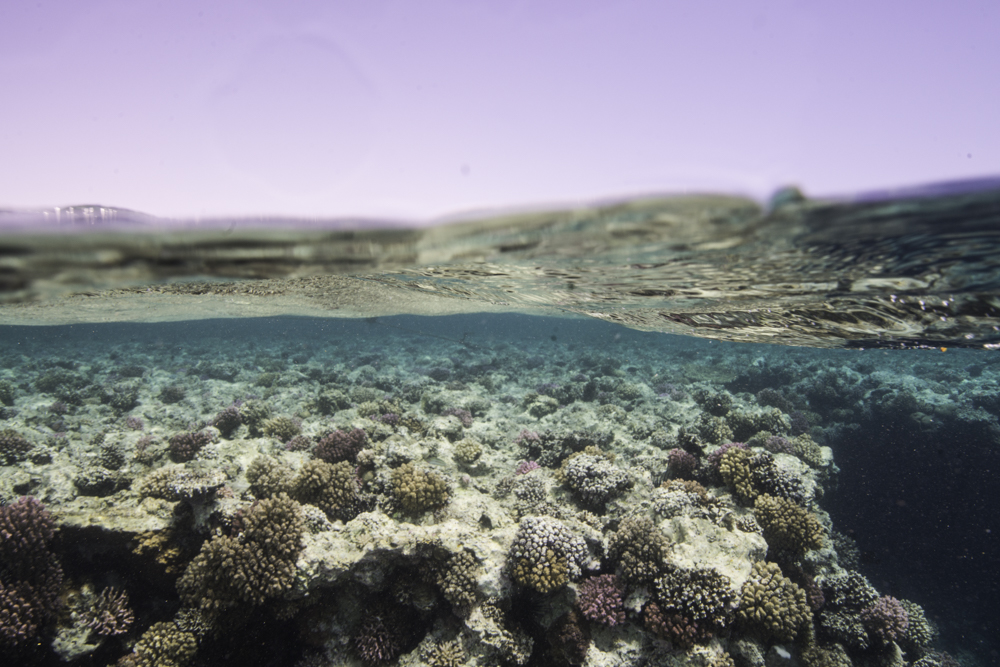
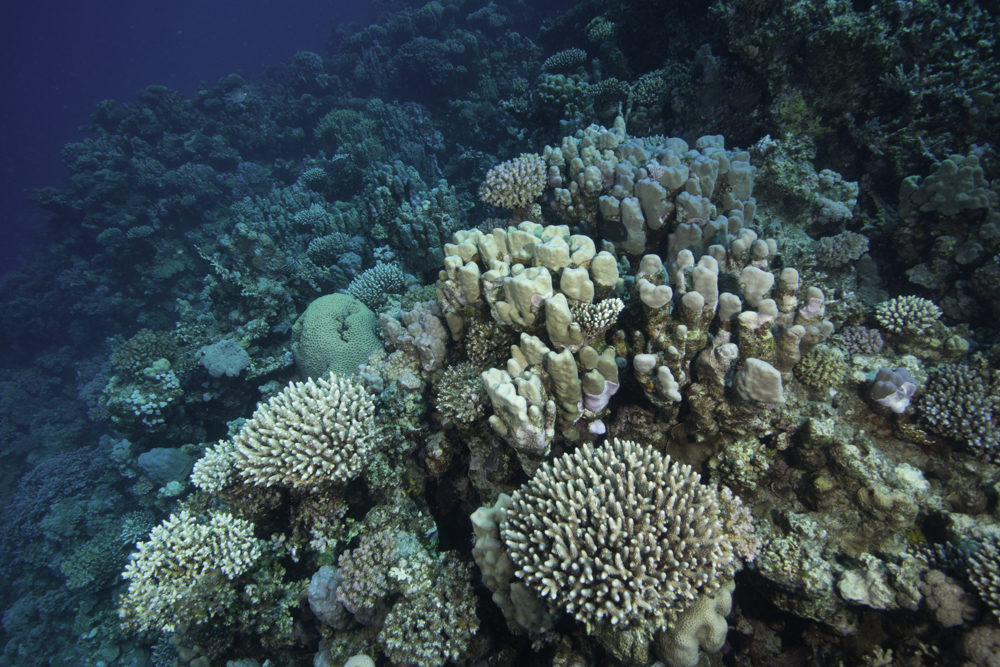
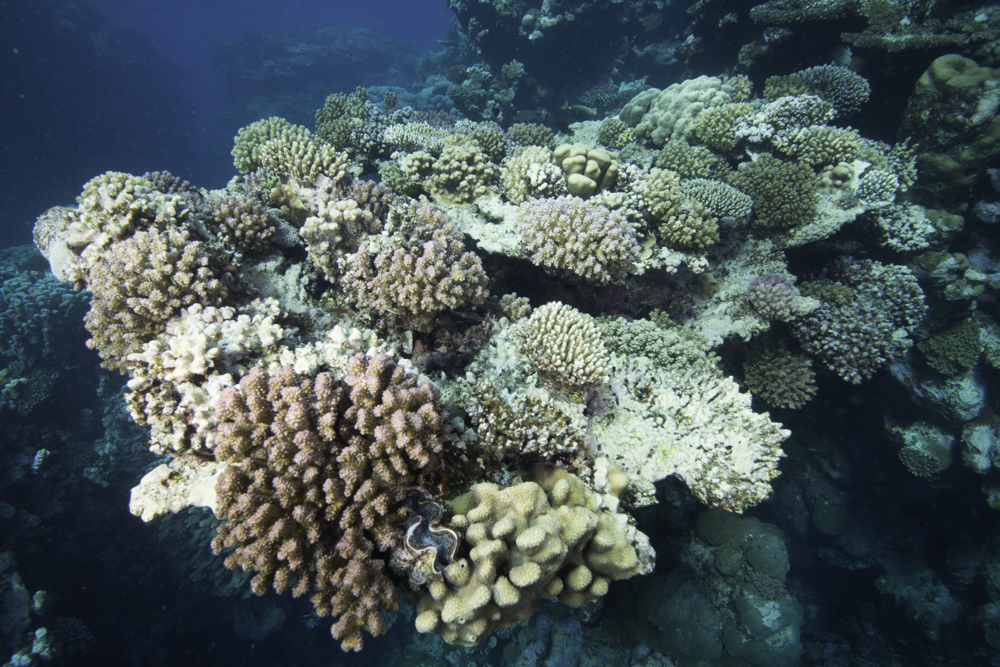
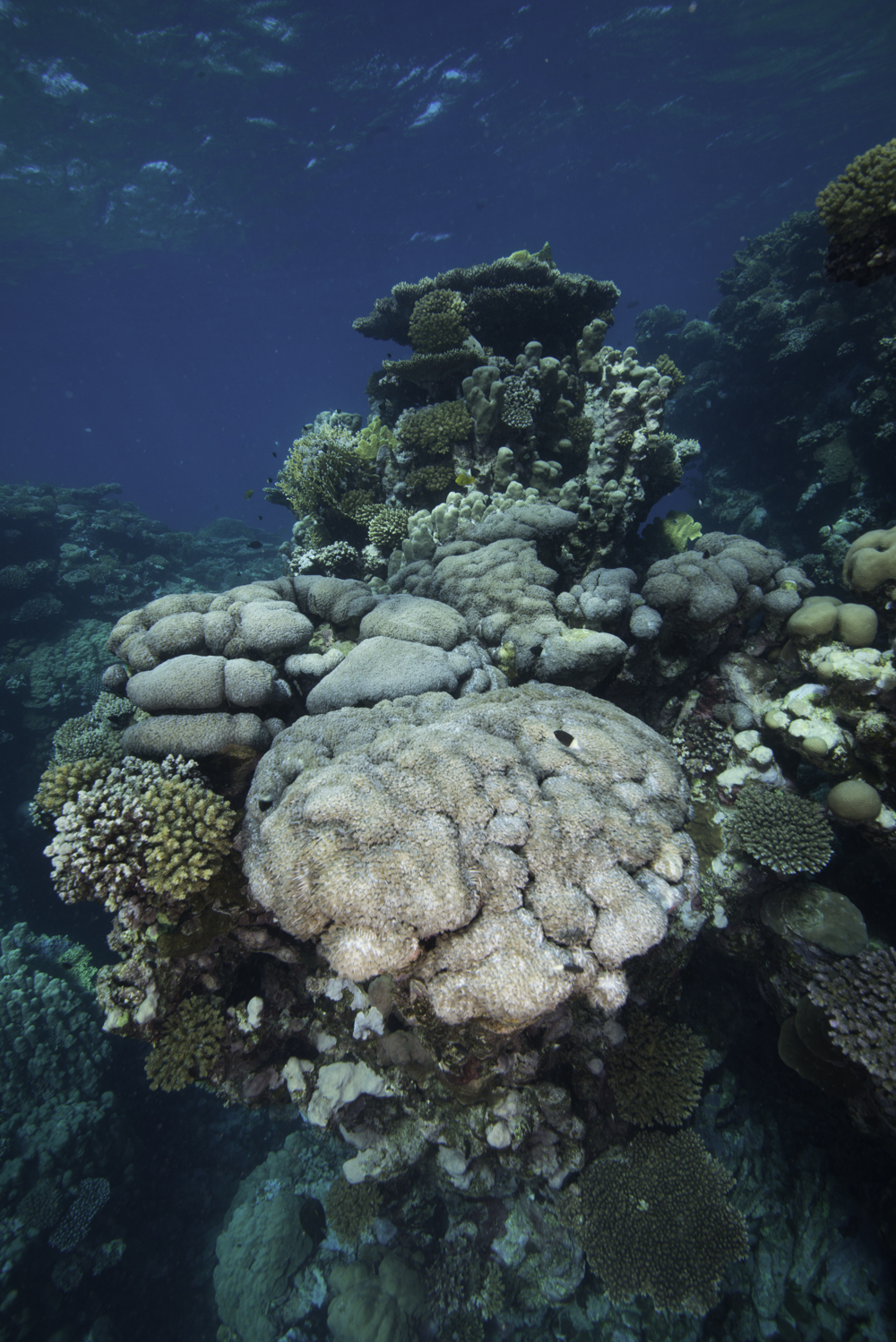









0 Comments